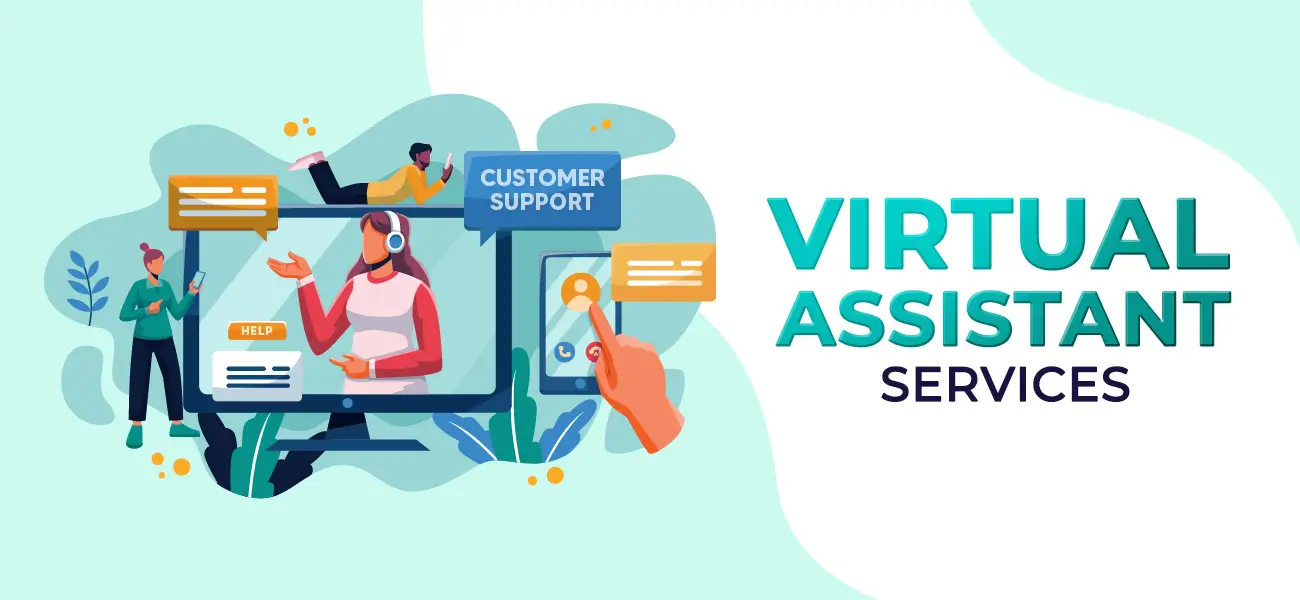
Conveyancing is an essential part of the real estate process that involves the legal transfer of property from one owner to another. It is a complex and time-consuming process that requires attention to detail and a thorough understanding of the legal framework surrounding property transactions. In today's fast-paced world, efficiency is key to success, and one way to streamline your conveyancing workflow is by enlisting the help of a virtual assistant.
Benefits of Using a Virtual Assistant in Conveyancing
1. Increased Efficiency
- Virtual assistants can handle time-consuming tasks such as document preparation, research, and client communication, allowing you to focus on more strategic aspects of the conveyancing process.
- They can work outside of regular business hours, ensuring that your workflow continues seamlessly even when you are not available.
2. Cost-Effectiveness
- Hiring a virtual assistant is often more cost-effective than hiring a full-time employee, as you only pay for the hours worked and do not have to provide benefits or office space.
- You can scale your virtual assistant's hours up or down depending on your workload, providing flexibility and cost savings.
3. Expertise and Specialization
- Virtual assistants with experience in conveyancing can bring specialized knowledge and skills to the table, helping you navigate complex legal requirements and procedures.
- They can stay up to date on changes in regulations and best practices, ensuring that your conveyancing process is always compliant and efficient.
How to Effectively Work with a Virtual Assistant in Conveyancing
1. Set Clear Expectations
- Define the scope of work and the specific tasks you want your virtual assistant to handle.
- Establish communication protocols and deadlines to ensure that work is completed in a timely manner.
2. Provide Training and Resources
- Offer training on your firm's processes and systems to ensure that your virtual assistant can work effectively within your workflow.
- Provide access to necessary resources such as templates, documents, and software tools to streamline their work.
3. Communicate Regularly
- Check in regularly with your virtual assistant to review progress, provide feedback, and address any issues that may arise.
- Encourage open communication and create a collaborative working relationship to maximize efficiency.
Case Study: Transforming Conveyancing with a Virtual Assistant
ABC Law Firm, a busy conveyancing practice, decided to hire a virtual assistant to help streamline their workflow and improve efficiency. By implementing the following strategies, they were able to transform their conveyancing process:
1. Task Delegation
The virtual assistant was tasked with handling administrative tasks such as document preparation, client communication, and research, allowing the conveyancing team to focus on legal work and client relationships.
2. Automation and System Integration
The virtual assistant integrated with the firm's document management system and automated routine tasks, such as sending follow-up emails and scheduling appointments, saving time and reducing errors.
3. Compliance and Quality Control
The virtual assistant helped ensure compliance with regulations by staying up to date on legal requirements and conducting thorough quality checks on documents before submission, reducing the risk of errors and delays.
Conclusion
Streamlining your conveyancing workflow is essential for staying competitive in the real estate market. By leveraging the expertise and support of a virtual assistant, you can increase efficiency, reduce costs, and improve quality in your conveyancing process. With the right strategies and tools in place, a virtual assistant can transform your conveyancing practice and help you achieve greater success.

